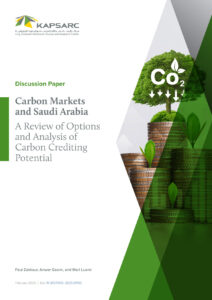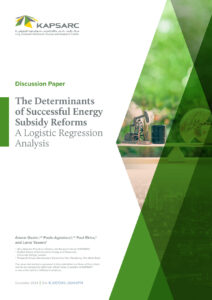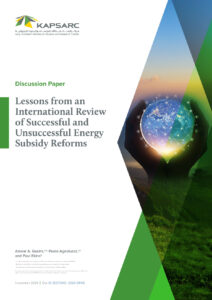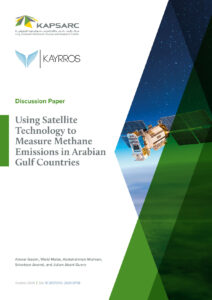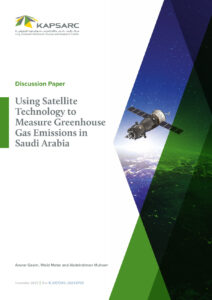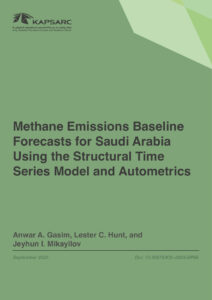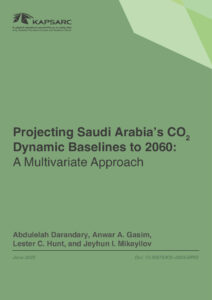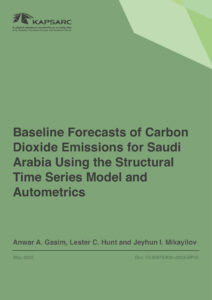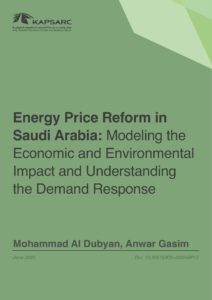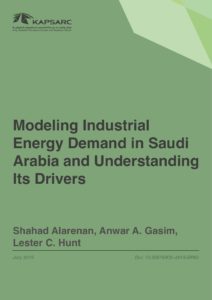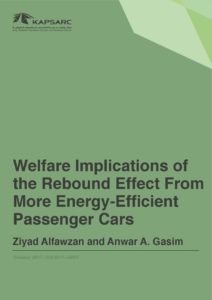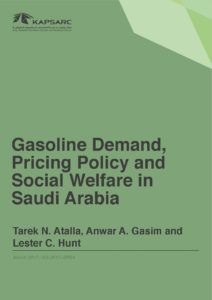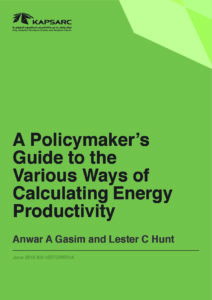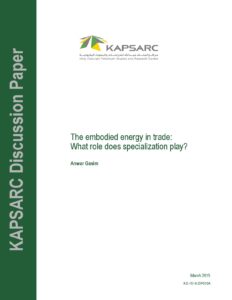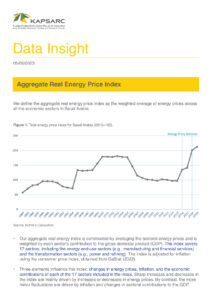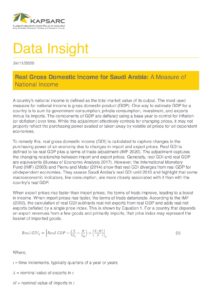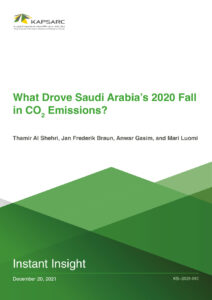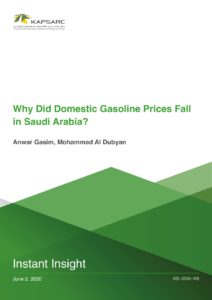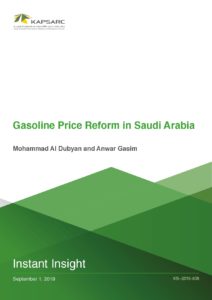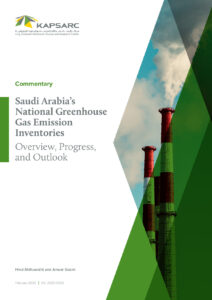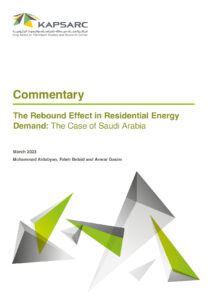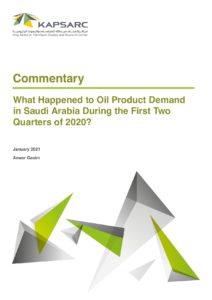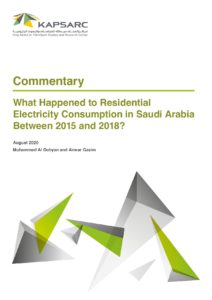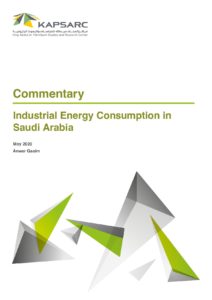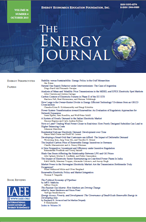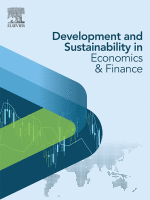Anwar is an energy and environmental economist with an engineering background and over a decade of research and advisory experience around the areas of energy demand, greenhouse gas emissions, energy price reform, and carbon pricing. He currently leads multiple cross-functional teams on key projects tackling these areas, with a proven track record of publishing high-impact papers, providing consulting services to policymakers, and building the capabilities of talent within the organization. Anwar’s research has been published in leading energy and environmental journals and has been picked up by leading news media. Anwar also has experience transforming organizations, having been a member of task forces responsible for refreshing organizational strategy and building human capital.
Anwar is currently wrapping up a Ph.D. from UCL in Sustainable Resources (sub-specialization in Economics). He holds an M.Sc. from KAUST in Electrical Engineering and a B.Eng. from the University of Liverpool in Electronics and Communication Engineering.

